It’s so thrilling to be able to get out on the open road after spending many winter hours riding inside on the bike trainer. But before we go rushing into the spring season (or any time of the year you ride outside), it’s a good time to review some ways to stay safe on the road.
You’ve probably heard it all before – and rightly so! I’ve had a few close calls so I’m always looking to improve my bike handle skills and ride more safely. Hopefully, you have some good bike safety tips to share, as well!
Be Seen
Visibility is critical to staying safe. If other riders or motorists can’t see you, they can’t avoid hitting you. Even when you’re riding in the daylight, it’s a great idea to ride with a headlight and taillight, so don’t forget to charge them up and turn them on for your next ride. Even some inexpensive lights like these will help drivers notice you. A flashing taillight is probably better than a solid color at attracting attention.
Be Bright
Also, wear bright colors! There’s a reason that construction crews wear bright orange on the job sites – it’s highly visible. Choose hi-vis colors for your kit, helmet, and even bike over dark, neutral colors. It will help you be more visible to traffic.
When it’s practical, make eye contact with the motorists around you. Smile, nod, wave, or make a connection if you can do it safely. Then, they’ll be more likely to realize you’re a real person and be a little more careful around you.
Be Heard
A bike bell, a whistle, or a friendly shoutout can warn cyclists or pedestrians that you’re nearby. Try not to startle cyclists or walkers that aren’t aware of you! It might cause them to trip or fall (or crash into you!).
Be Predictable
Be as predictable as possible so that nearby motorists and cyclists know what to expect from you. Don’t dart all over the road, but try to maintain a consistent speed (especially if someone is sitting on your wheel!), use hand signals, call out road issues, and follow traffic laws.
Be Polite
Don’t be a jerk! Make your turn signals obvious and point out potholes, gravel, and obstacles in the road. Ride in a way that is polite to motorists, too. Avoid engaging in road rage and try to avoid people if they are angry that you’re out on the road.
If there’s a nice, safe shoulder, you can ride on it to allow more room for traffic to pass. You can legally ride two abreast if there isn’t a shoulder in my state. However, it might be polite to traffic (and safer) to ride in a single line, too, depending on the road.
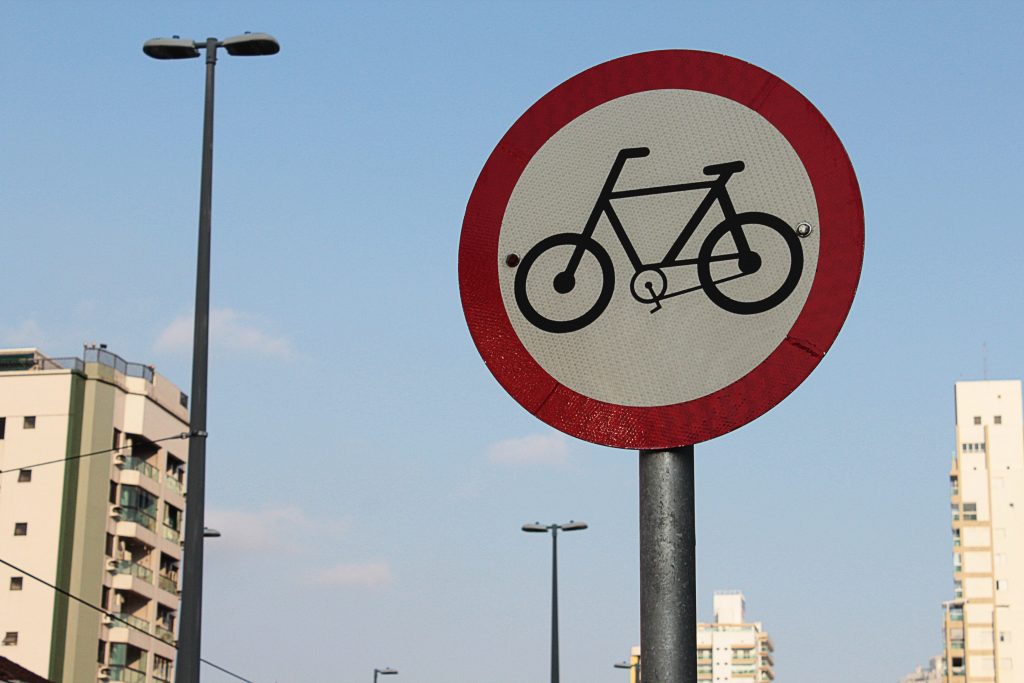
Be Aware
In racing, we say keep your head on a swivel so you aren’t surprised by a rider sneaking up on you or causing an accident because you didn’t see someone. You can say the same for riding on the road.
When I’m leading a ride, I like to attach a tiny rearview mirror to my bike to help me see my fellow cyclists and keep an eye on the traffic coming up from behind us. You’ll still have some blind spots so it isn’t perfect but it is one more tool in your arsenal to stay safe.
It’s so tempting to daydream and dawdle when the sun is warm and shining, but don’t! Instead, stay aware of everything going on around you – the road ahead, the traffic behind, and the cyclists in your group. Keep an eye open for neighbor’s dogs that might run in the road or even small children walking down a park trail. It isn’t worth being a segment boss if someone gets hurt in the process.
Some bike safety issues to be aware of:
- Don’t ride too close to parked cars because someone might open the car door unexpectedly.
- Electric cars are hard to hear – you might be unknowingly overtaken by a Tesla, so keep an eye on traffic behind you, not just an ear.
- Avoid yelling ‘clear’ when you cross an intersection because it might not be clear by the time the person behind you gets through. Instead, tell them you’re ‘rolling’ or ‘going.’
- If you’re going straight through an intersection, remember that the traffic next to you might be turning right. Be careful they don’t turn into you as you are crossing the intersection – they might not realize you’re going straight.
- Paint lines on roads can be very slippery, especially when it’s wet or rainy.
- If you have to cross railroad tracks, you can either dismount (no shame in hike-a-bike) or carefully ride over the tracks perpendicular to the way the tracks run. Don’t cross at an angle or parallel, or your wheel could get stuck. Also, the tracks can be slippery when wet, and a friend of mine fell and was injured. Never cross when the lights are flashing!
- Gravel on asphalt can be very slippery and cause you to crash, especially when turning. Avoid the gravel and call it out for the person behind you! If you have to go through, make sure your bike is as upright as possible so you don’t slide out.
- Wet leaves and grass clippings are as slippery as ice! Try to avoid them and remember that they can disguise potholes or other obstacles.
- Potholes can throw you off your bike, so try to avoid them.
- If a dog charges at you, try to squirt it with your sports drink and loudly tell it to go home. The flavor will hopefully confuse them long enough to give you a chance to get away. If you have to, put the bike between you and the dog.
Be Self-aware
This is a tough one! Check-in with how you’re feeling often. I know that when I’m tired, near-bonking, or distracted, I’m more likely to make a dangerous mistake. So keep checking in with yourself and stop and eat, drink, or just take a break to clear your head whenever necessary. At the end of the day, it isn’t going to hurt you if took a few extra minutes to rest, but you might get hurt if you don’t take care of your fueling and hydration needs.
Personally, riding in the wind makes me physically and mentally tired. I’m more likely to misjudge traffic, get sloppy in my riding, and just make bad decisions after I’ve been riding in the wind for a while. So on windy days, I know I need extra breaks and extra fuel to help me keep my head on straight.
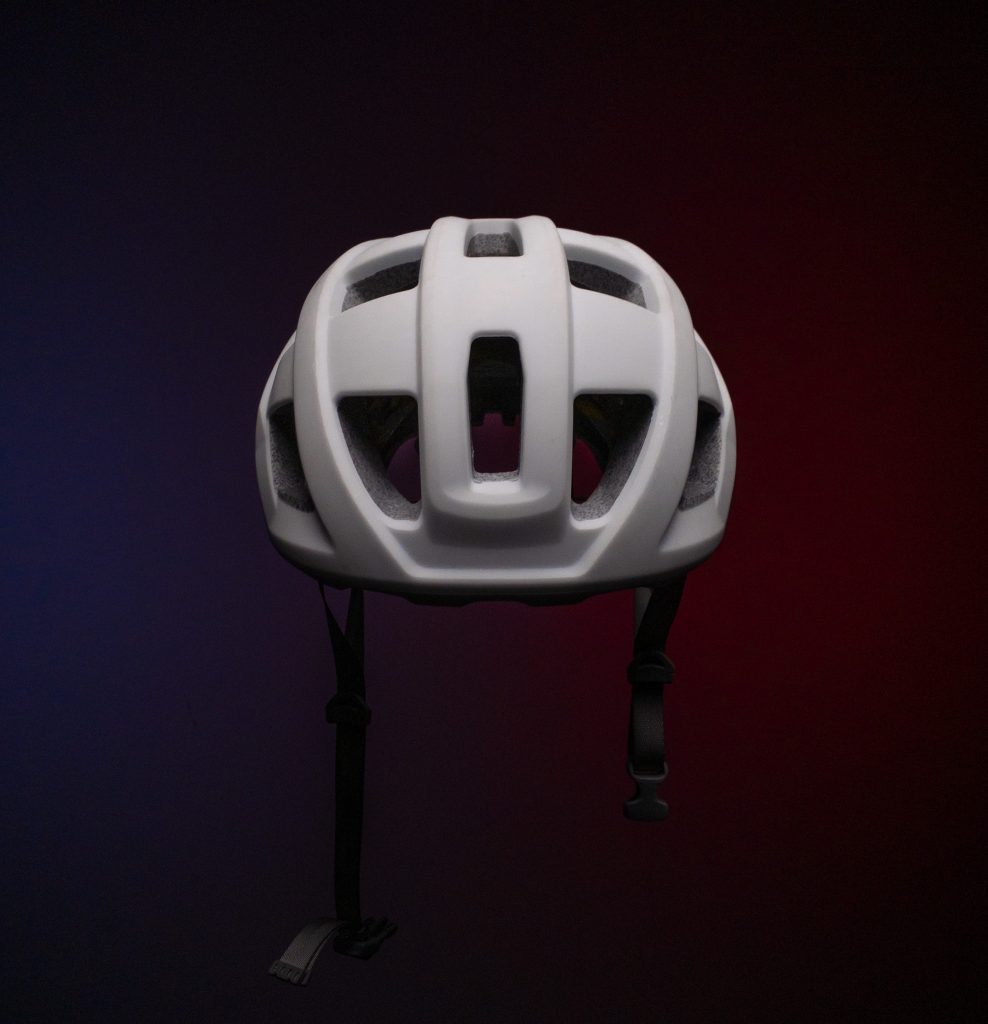
Be Protected
There’s no excuse not to wear a helmet. It might not be required by law in some places, but it is absolutely worth protecting your noggin. I prefer a helmet with MIPS, but all helmets sold in the US have to meet a certain level of protection. Virginia Tech has an even more stringent helmet rating system if you are in the market for a new one.
Also, helmets have an expiration date! A good quality helmet typically needs to be replaced after five years, whether you’ve crashed or not. Check on the specific details of your helmet. Concussions and head injuries are no joke and can end your season if not your life.
Eye protection is always a good idea! And if you can’t afford fancy cycling glasses, at least go to the hardware store and get a cheap pair of eye protection glasses. They’ll keep dirt, gravel, and bugs out of your eyes.
Be Proactive
When I learned to drive, defensive driving was a hot topic. Similarly, we want to be proactive when we’re out riding on the roads. So keep an eye out for the traffic around you, and remember that they might not see or hear you.
Make sure you know your local laws and rules, but remember that others might not know them or practice them. Learn and use hand signals so others on the road know what you are going to do.
Learn to ride safely in a group so you don’t cause an accident with your fellow cyclists. But, of course, this goes right along with being predictable, steady, and using good communication.
Be Prepared
Keep your bike in good condition so that you don’t have an accident due to a mechanical. Also, bring along some basic tools and first aid supplies in case of a problem. Finally, bring your cell phone with you if you need to call for help!
When in doubt, choose the safer option!
If you need to dismount your bike, do so! Walking a few feet is always better than getting injured (or worse). And never do something stupid just to win a segment on Strava! We love our QOMs but not at the expense of our safety, health, and our friends.
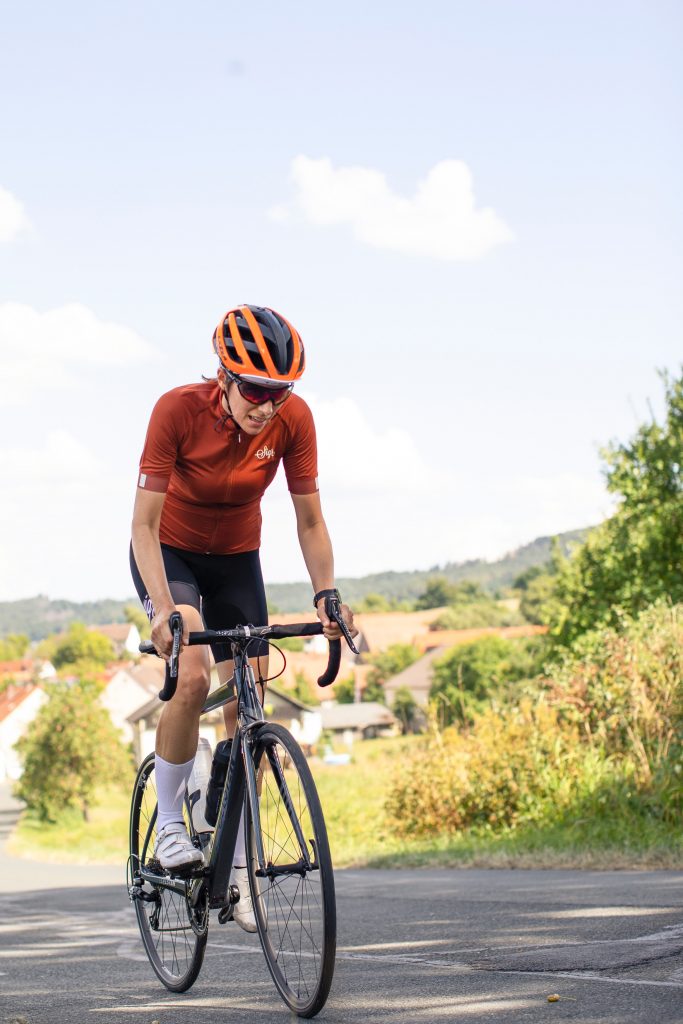
Special Bike Safety Tips for Women
As a woman, it can be intimidating to ride solo. I’ve been cursed at (for doing nothing wrong), yelled at, and even followed. I stick to places I’m familiar with when I ride alone and ride to and from areas where I know are safe.
When I was followed, it made me very uncomfortable. I was riding a trail, but there weren’t a lot of people on it. I rode off as hard as I could to get some distance between the man and myself. And I turned into the first parking lot where there were people and immediately engaged in a conversation with someone there. When the man saw me talking as if I knew someone, he left. I waited a while and then continued my ride.
If I interpreted the events correctly, the man was unhappy when I passed him on a short climb. He decided it was time for a race, whether I wanted to or not. Thankfully, I could outride him long enough to get to a safe space.
I’m not going to be afraid of riding alone – but I will be cautious. I keep my cell phone handy and I try to make eye contact with people on the trail around me and look at them long enough to be able to describe them.
I can’t tell you the right thing to do in a situation where you don’t feel safe, but I can say that it helped me to find a busy place where there are people and engage with them.
Some of my friends like to carry pepper spray or bear spray on their bike handle. And we always have our cell phones handy.
Final Thoughts on the Bike Safety Tips You Need to Know
The state of Pennsylvania has an extensive website talking about the laws and safety expectations when riding. Each state will have their own set of rules and laws, so check your specific state’s traffic website for details. The League of American Bicyclists also has extensive information on safe riding.
Remember to always be careful, be aware of your circumstances, and don’t do anything stupid! We all want to be safe so we can ride another day.
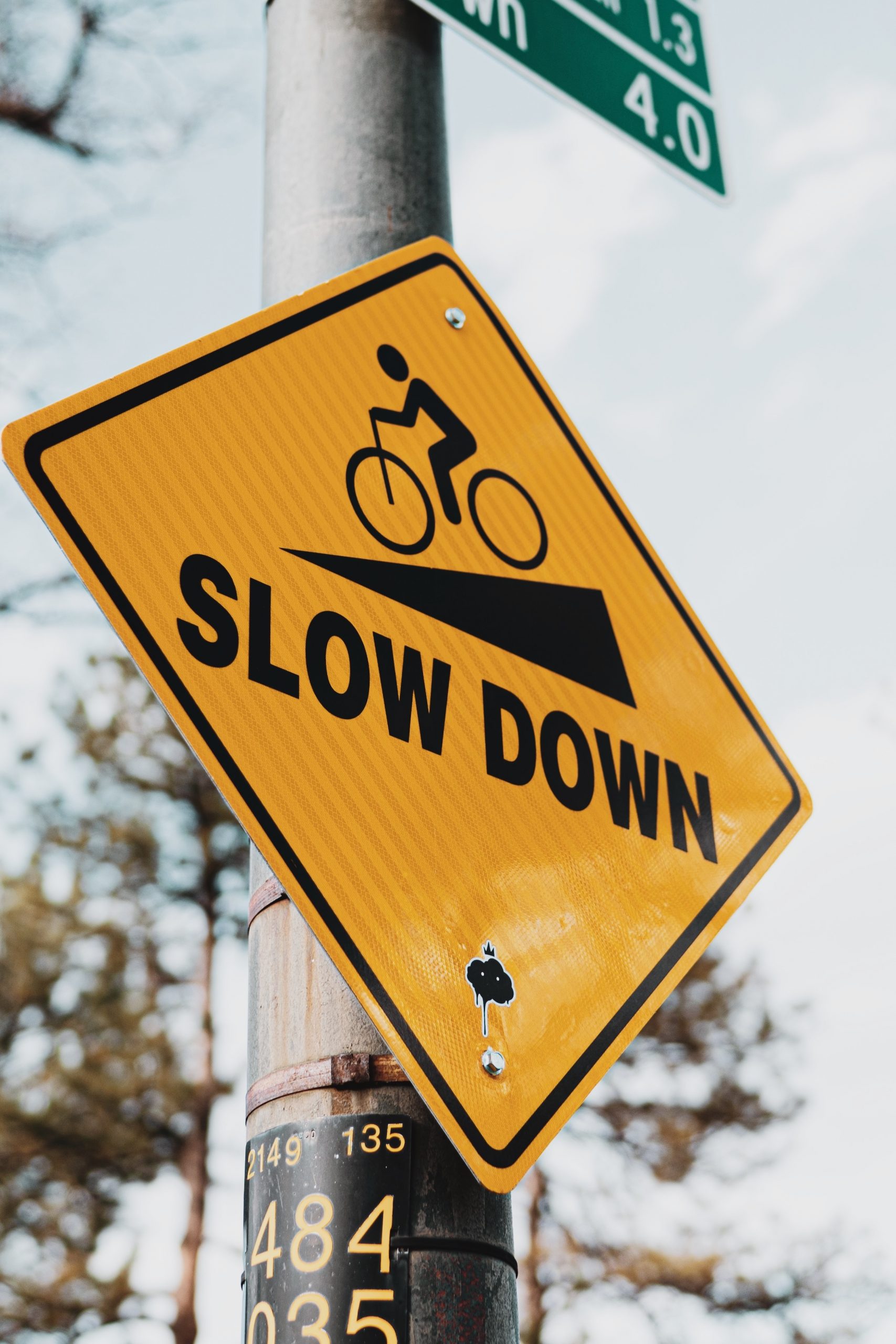
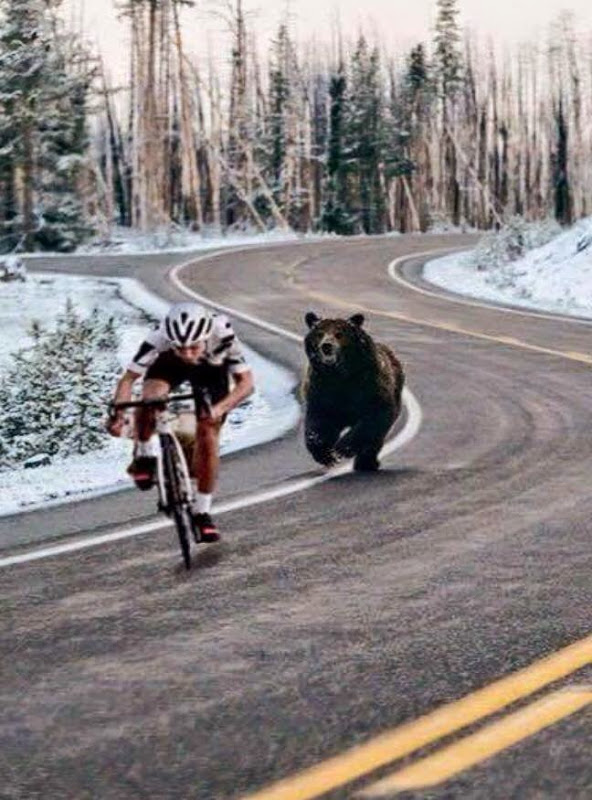
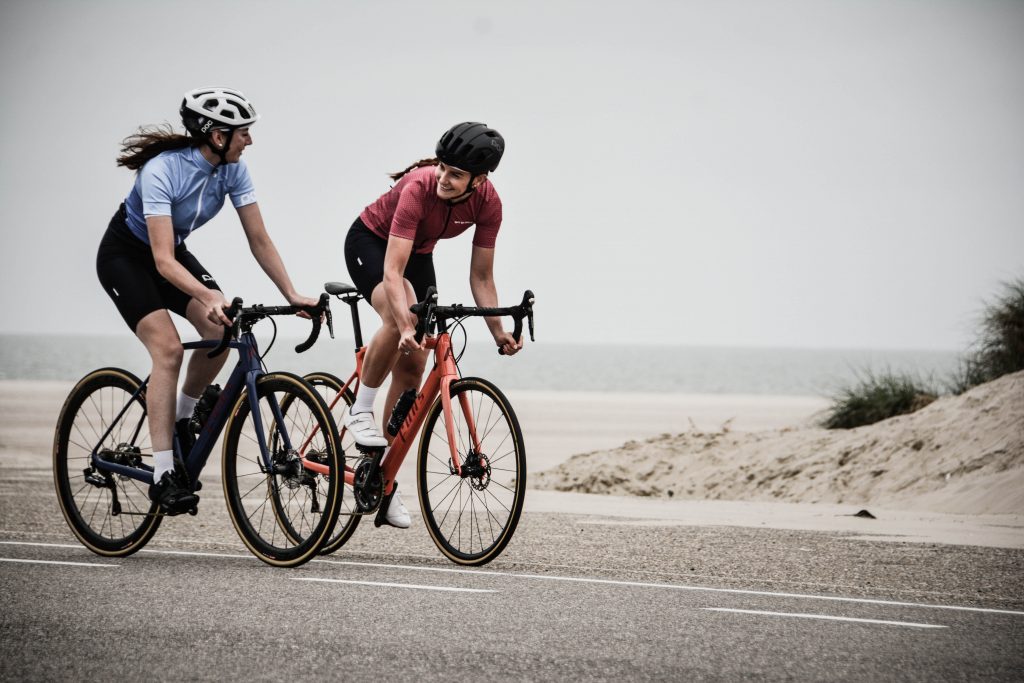

Leave a Reply